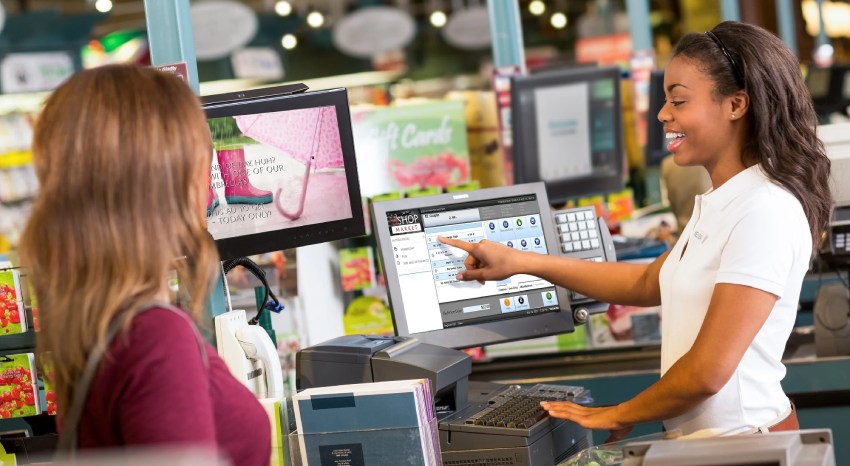

The future of immersive in-store experiences hinges on seamless omnichannel customer journeys and A.I.-driven personalization. Today's consumers demand a shopping experience effortlessly transitioning between online and offline interactions. Gaining an individualized understanding of each customer plays a crucial role in overall success. Achieving this necessitates intricate back-end systems synchronizing inventory, customer data, and promotions across all platforms. For example, customers should be able to easily check product availability online, receive tailored recommendations, and choose between in-store pickup or same-day delivery.
A.I. has proven to be instrumental in enhancing these omnichannel experiences. Analyzing extensive customer data enables personalized recommendations, predicts future buying behaviors, and helps optimize inventory. This level of personalization builds customer loyalty and boosts sales. For instance, A.I. can suggest products based on past in-store and online purchases , which in turn fosters customer relationships and loyalty. However, A.I.'s capabilities extend beyond these limits—it can also recommend items you've viewed, placed in your cart without purchasing, and offer personalized insights across various stages of the shopper's journey.
Incorporating a modern and adaptable platform with existing systems poses a challenge but is essential. Retailers must ensure compatibility between legacy systems and modern solutions like A.I. , A.R., and mobile integration. This often requires investments in scalable, flexible solutions adaptable to consistent technological advancements.
Once a retailer’s systems are optimized, they need to shift their attention to convenience and speed with appropriate training for store associates and adequate customer support to enable a successful launch, which should be part of the overarching strategy. Customers expect quick service, whether through mobile payments or their checkout processes. By prioritizing these aspects, retailers can craft engaging and efficient shopping experiences meeting modern consumer expectations. The future of retail depends on strategically advanced technologies to deliver personalized, convenient, and unified shopping experiences.
Previous Page
This study was conducted in Fall 2023 as the fourth annual installment of a grocery ecommerce study that Ipsos has conducted since 2020. This study was designed to differentiate between three different fulfillment methods of obtaining grocery orders: In-Store Pick-up, Curbside Pickup and Delivery.
The approach was 2-pronged:
- Step 1: Ipsos conducted a 7-minute survey of 1,200 Americans to understand which elements of grocery pick-up and delivery are most important to consumers. The survey was conducted October 25, 2023. A Key Drivers Analysis was conducted to identify the top drivers of “Likelihood to Use Brand Again for grocery ecommerce” using Ipsos’ proprietary Ipsos Bayes Net (IBN) modelling technique.
- Step 2: Ipsos then deployed their panel of trained mystery shoppers to measure brand performance across a specific set of elements related to grocery pick-up and delivery. Roughly 33 mystery shops per method (In-store Pick-up, Curbside Pick-up, Home Delivery) were conducted for each qualifying retailer. Retailers were only shopped for methods they offered, so in some cases sample was redistributed appropriately across offered methods. Geographic representation was ensured across 4 regions (West, Midwest, Northeast, South). Mystery shops were fielded between October 23 – November 17, 2023. The relative importance of each service element ascertained from Step 1 was applied as a weighting factor to the Mystery Shopping results.
For a full copy of the results or to participate in Ipsos’ next ecommerce study (coming Fall 2024), contact Silvana Daehn at silvana.daehn@ipsos.com.
Back to Top
At Ipsos Channel Performance, we partner with our clients to understand their shoppers and how they shop. We measure the execution of brand promises. We drive compliance and sales conversion. We improve performance across all sales and service channels – physical, contact center, and digital – and help deliver profitable growth. Learn more.
Next Page
Contact: Silvana Daehn
Email: silvana.daehn@ipsos.com.







